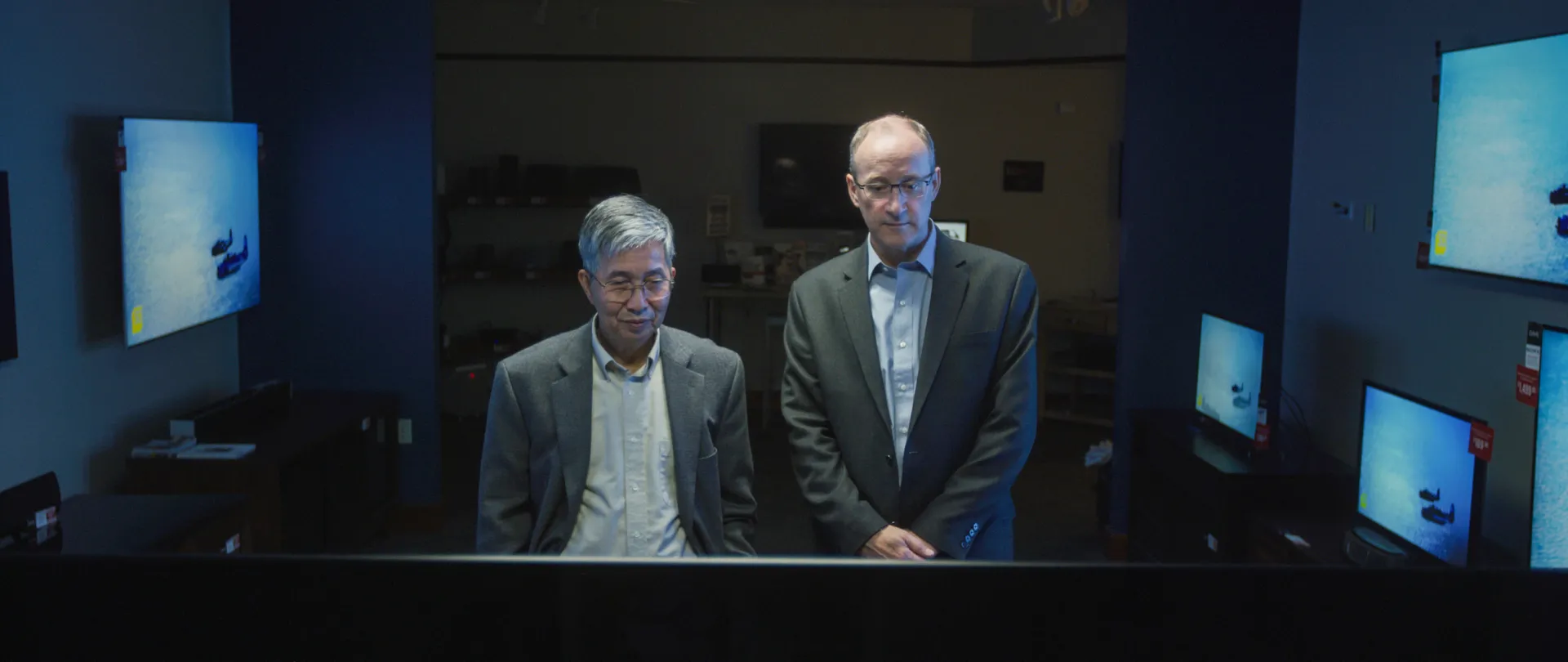Little did Steven Van Slyke ’78 know when he walked into Kodak to begin his first job after graduating from Ithaca College that his first assignment would become his life’s work.
In the months before his arrival, a Kodak scientist had discovered that applying voltage to an experimental organic solar cell caused it to emit light. While unclear what Kodak could do with the discovery, management decided to investigate further. That’s why they hired Van Slyke.
Nearly 40 years later, technology based on that phenomenon is used for the displays of more than half the 1 billion smartphones manufactured annually. And organic light-emitting diodes (OLEDs), as the technology is known, have an even brighter future, promising to enable curved and folding smartphones, better quality television screens than today’s liquid crystal displays (LCD), more pleasing room lighting, and brilliant fashion statements via OLED clothing.
Van Slyke and his former Kodak boss and lab partner, Ching Wan Tang made all of this possible with their invention of the multi-layered, thin-film structure that underlies every OLED development to date. For that invention—and a few decades of OLED innovation—Van Slyke will be inducted into the National Inventors Hall of Fame on May 3 in a ceremony at the Hall’s location in the United States Patent and Trademark Office Headquarters in Alexandria, Virginia. Fittingly, Tang and Van Slyke will be inducted together.
